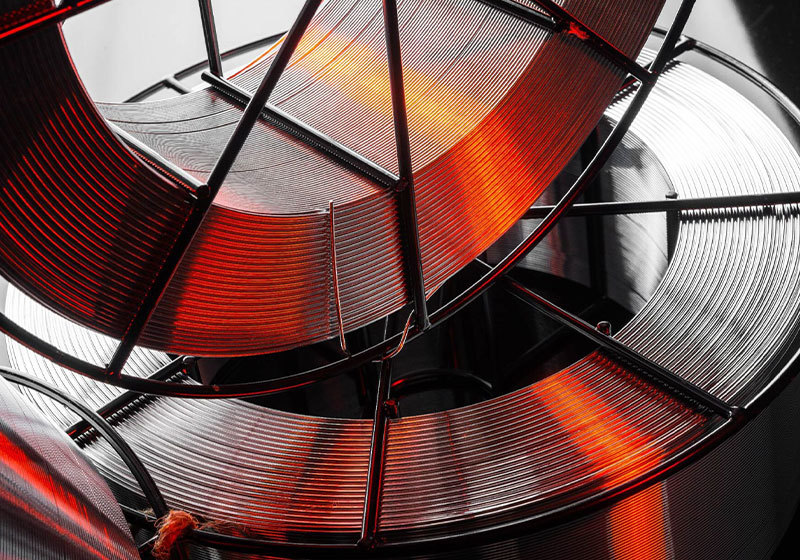-
Products
-
IndustriesThe products are widely used in many industries, indluding shipbuilding, offshore engineering, petrochemical engineering, electric power, vehicle industry.

-
About UsTONGMING is one of the leading welding materials manufacturers in China. Since the inception of our operations in 2002, we have adhered to the highest standards of quality, research and innovation, and customer service.

-
NewsOur products have passed ISO9001 quality system certification, and have certified as high quality products by third parties from industries, such as nuclear power boiler and shipbuilding.

TIG vs MIG – Which Welding Process Is The Best For Your Business?
Apr 10,2024

Welding is a fabrication procedure that uses heat and/or pressure to make a strong junction between two pieces of material. Different welding processes are used by industry professionals to generate the appropriate assemblies, depending on the part and manufacturing criteria. MIG and TIG welding are two of the most often utilized welding technologies.
It's an age-old dispute, MIG welding vs TIG welding – Which is superior? Which one should you pick?
MIG welders frequently claim that their process is the greatest, and TIG welders do the same. However, the answer is straightforward: they are both correct. MIG welding is always the greatest for the work that MIG welders do, and TIG welding fuses TIG projects better than a MIG ever could.
So, how can you know which procedure to use when? This article explains why one process is superior to the other and when each should be used. It’s not difficult to understand, but it’s critical to use the proper welder for each project to get the greatest results.
TIG Welding
Gas tungsten arc, also known as TIG welding.was invented in the 1930s and 1940s by the aerospace industry to weld magnesium. Ideally, the procedure goes as follows: the welder creates an arc between the base metal and the non-consumable tungsten electrode, which is a non-melting electrode. A molten weld pool forms when the arc strikes the base metal. A thin wire of filler metal is gently introduced into the weld pool and melts. While this is going on, an inert shielding gas keeps the tungsten electrode and weld pool safe from oxygen contamination. There are no fluxes used. The end result is a strong TIG wire, slag-free weld with the same corrosion resistance qualities as the parent metal.
Compared to MIG Welding – It is substantially slower than MIG welding, resulting in longer lead times and higher manufacturing costs. Furthermore, welders require extremely specialized training to ensure optimal precision and accuracy. It does, however, provide better control during the welding process and generates strong, precise, and visually beautiful welds.
MIG Welding
MIG welding (metal inert gas) is also referred to as gas metal arc welding (GMAW). This is essentially an arc welding process for joining two metals. This is performed by heating the metals using an arc. This arc is formed between a filler electrode that is continuously fed and the surface to be welled. In this kind of welding, shielding gas is utilized to prevent the molten pool of weld metal from interacting with the elements in the air. MIG welding requires a DCEP (Direct Current Positive Electrode), often known as Reverse Polarity.
Compared To TIG Welding – It is substantially faster than TIG welding , resulting in shorter lead times and cheaper production costs. It’s also simpler to learn and creates welds that don’t need much cleaning or polishing. Its welds, on the other hand, are not as exact, robust, or clean as those produced by TIG welding.
PREVIOUS:
Contact Us
E-mail :
wsn@hbtmhc.com
Phone/WhatsApp:
+86-13833932888
Address:
Qingliangjiang Industrial Park, Qinghe County, Xingtai City, Hebei Province

Export Manager: Ms. Wang
Qingliangjiang Industrial Park, Qinghe County, Xingtai City, Hebei Province
Request Quote






